The natural world never fails to impress us with its abundance of stunning flowers. With an endless array of hues and fragrances that can uplift our spirits and enhance our living spaces, it can be a daunting task to choose which ones to cultivate each spring. If you’re searching for a robust flower that comes in diverse shades and produces plentiful blooms, consider taking a closer look at strawflowers. These blossoms not only enliven fresh bouquets but can also be easily preserved as “everlastings” because of their petal-like bracts that form singular blooms, retaining their color and shape long after harvest.
So, what exactly are strawflowers?
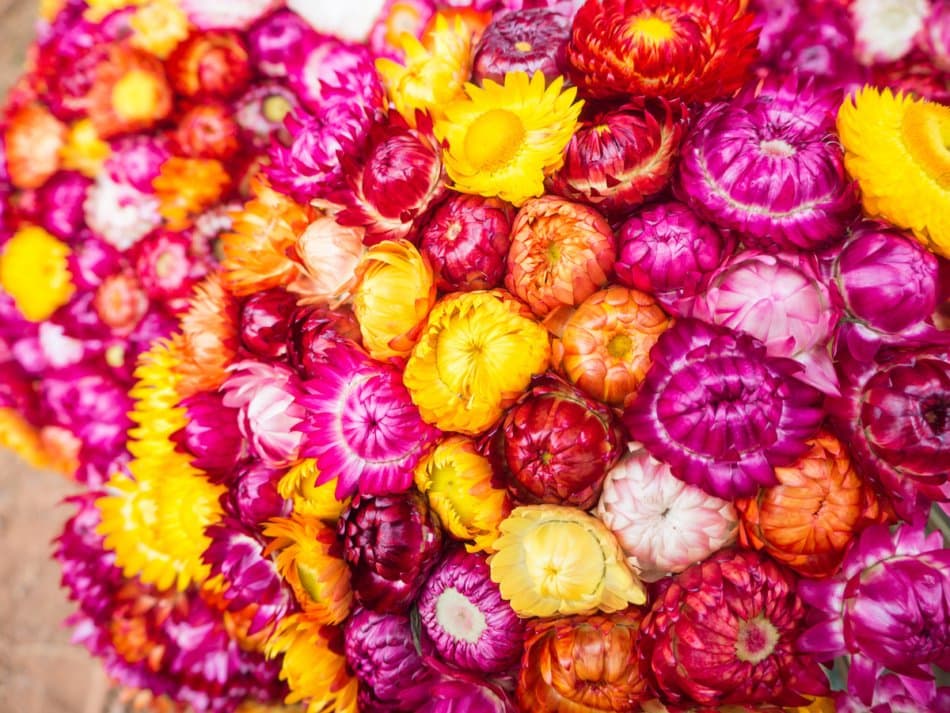
You may have come across these bright and cheery flowers before, even if you aren’t familiar with their name. Strawflowers can be found in a variety of floral arrangements throughout the year, from springtime bouquets to autumnal displays. They belong to the aster family and were originally known as Helichrysum bracteatum for many years. However, two new names were introduced during a reclassification process: Bracteantha bracteata and Xerochrysum bracteatum. The latter won the taxonomic battle – its name comes from the Greek words “xeros” for dry and “chrysum” for golden, with “bracteatum” meaning the bracts of the flower itself.
Despite their similarity in appearance to chrysanthemums, there is a tell-tale sign that gives away the strawflower. Its stiff, papery bracts remain even when the flower has recently opened, making it a perfect choice for those who want an everlasting floral arrangement. The symbolism behind these flowers is also quite significant, representing immortality and the idea of someone or something that is never forgotten.
If you’re interested in growing your own strawflowers, it’s easy to do so with a few simple steps.
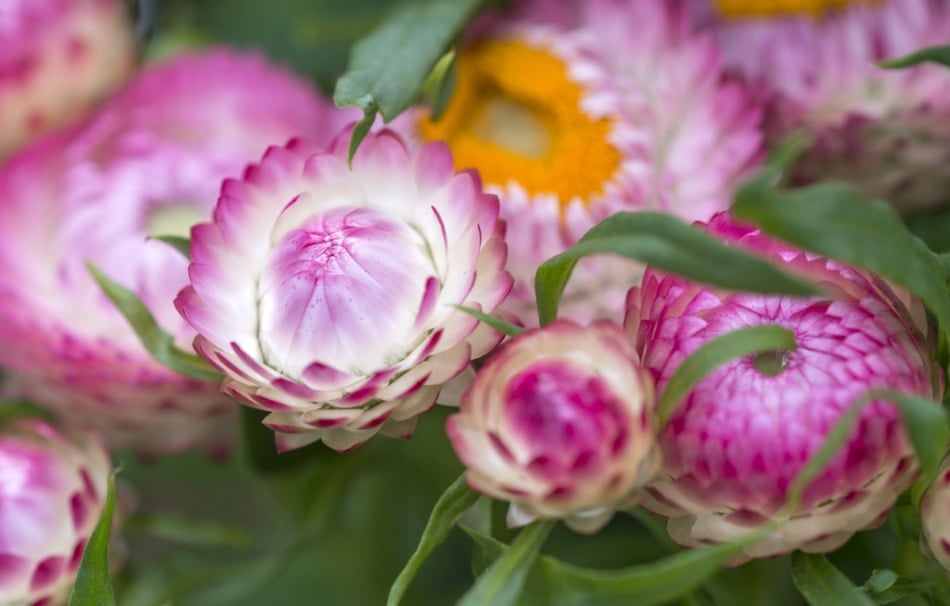
Picture a garden brimming with these vibrant beauties! Thankfully, cultivating strawflowers is less complicated than their classification. This plant is native to Australia and can withstand droughts and high temperatures, making it a blessing for those residing in scorching, parched regions who desire a stunning floral haven. Nonetheless, they flourish more vigorously with sufficient watering and moderate temperatures. Strawflowers thrive in fertile, well-draining soil exposed to full sunlight, but can also manage some light shade, making them an optimal selection for nearly every region.
Typically, strawflower seeds are available in a mix of colors, although individual hues can now be obtained, like white, apricot, pink, yellow, orange, and red. Often, the interior of the bracts will display secondary contrasting shades when fully bloomed, such as red with yellow or deep pink with white, for a genuinely striking effect. The size of strawflower varieties varies from dwarves measuring under 15 inches to standard ones around three feet tall. The bigger kinds may require support to remain erect. Individual plants can spread up to 18 inches, though deadheading, or removing the withered flowers before they produce seeds, is essential to achieving this. The more the plant is pruned back, the fuller it will grow, producing additional side shoots.
Begin by germinating the seeds indoors.
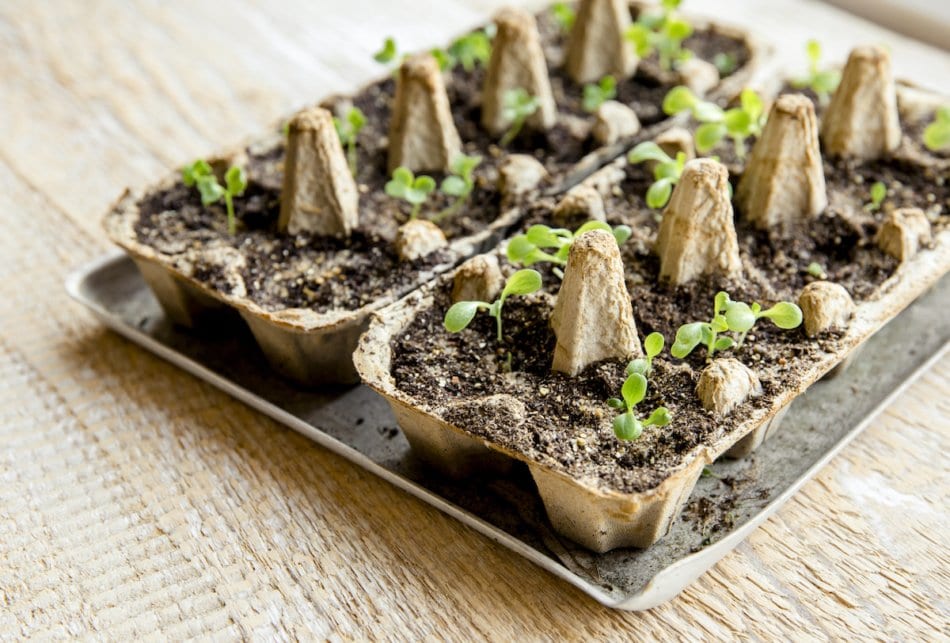
If you want to grow strawflowers successfully, it’s best to start the seeds indoors about 6-8 weeks before planting. While it is possible to sow the seeds directly into the garden after the last frost, this method may not be suitable for short-season gardens due to a couple of reasons. Typically, strawflowers take about 85 days to mature, which could limit the bloom time for northern growers. Additionally, seed germination requires optimal temperatures above 70 degrees, which can be hard to achieve in cooler spring temperatures for those living in the north.
To ensure successful growth, it’s best to start the strawflower seeds indoors about three to six weeks before the last frost. Light is essential for germination, so avoid covering the seeds with soil. Once the first true leaves have appeared, transplant the seedlings to a larger container until the threat of frost has passed. When planting the seedlings in your garden, space them about 10 to 12 inches apart.
It’s essential to treat strawflowers as an annual, even though there are perennial varieties. They thrive well in USDA hardiness zones 8 to 10 and can grow up to five feet tall, making them an excellent addition to your cutting flower garden. While strawflowers may occasionally reseed themselves, cultivars will not grow true from self-seeding.
One thing to note is that pollinators love strawflowers! So if you want to attract bees, butterflies, and other beneficial insects to your garden, adding strawflowers is a great way to do it.
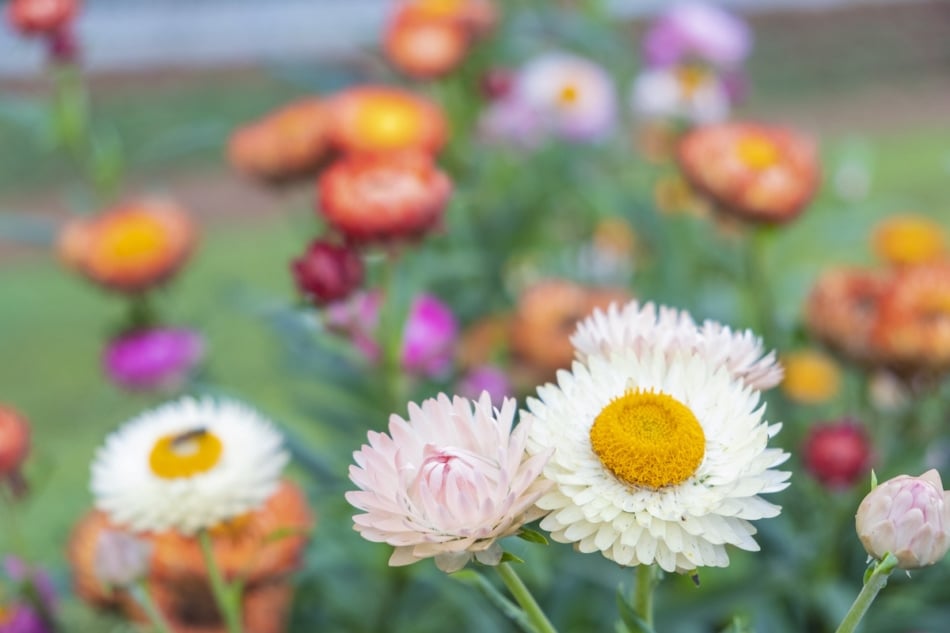
Up close and personal with a stunning Strawflower boasting multiple hues in the garden.
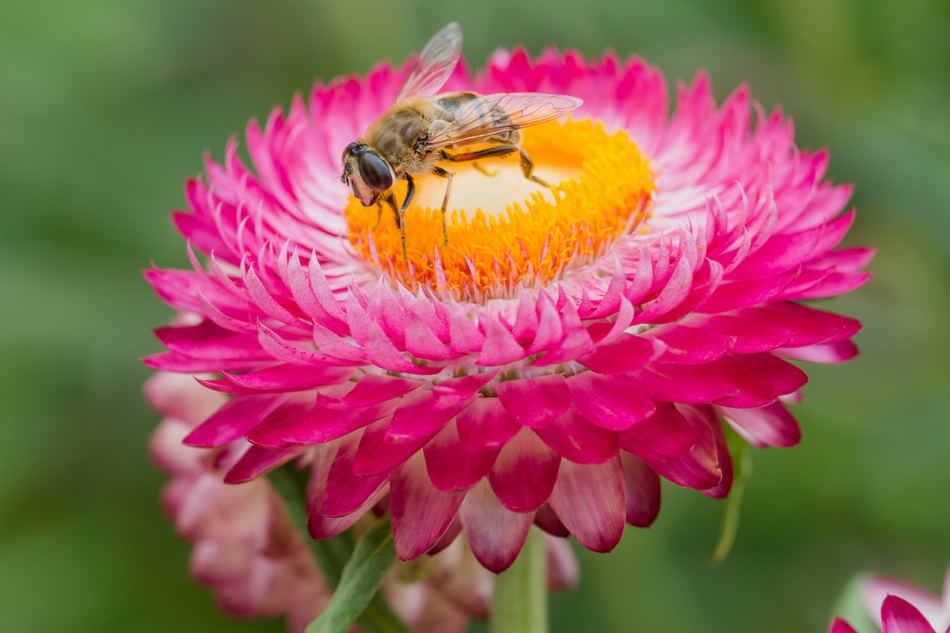
Dried Helichrysum flowers are a beautiful sight for sore eyes. But it’s not just us humans who find them appealing. Our little pollinator buddies such as bees, butterflies, and hoverflies are also highly attracted to these flowers. These strawflowers make it to our list of recommended flowers to plant in your garden to attract butterflies. And before you start planting, make sure to consult our Gardening by the Moon planner to choose the perfect day to begin seeding.
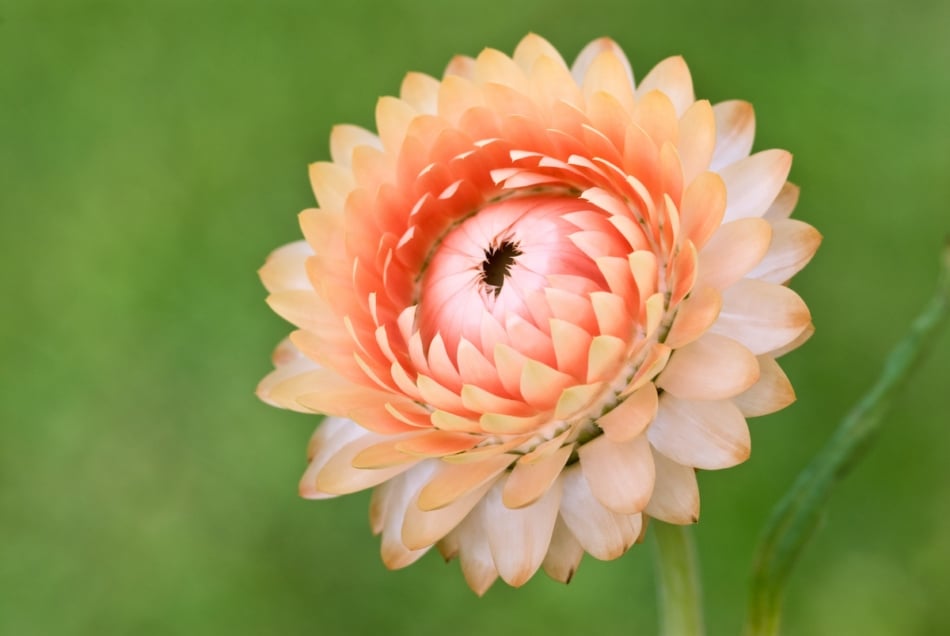
Strawflowers are known for their numerous layers of bracts. It is best to harvest them once the first two or three layers have unfurled. To dry them properly, collect the flowers after the morning dew has evaporated and only when the initial bract layers have opened up. Strawflowers are considered everlasting as they can retain their original color and shape for a long time, but the bracts are fragile and must be handled with care. The stems are also delicate and may break easily, but you can avoid this by removing the stem altogether before drying and replacing it with floral wire inserted into the base of the flower. If you prefer to keep the stem, ensure to remove any leaves before tying them together with twine. Hang the bundle upside down in a cool, dry location, away from sunlight, with enough airflow for at least two to three weeks.
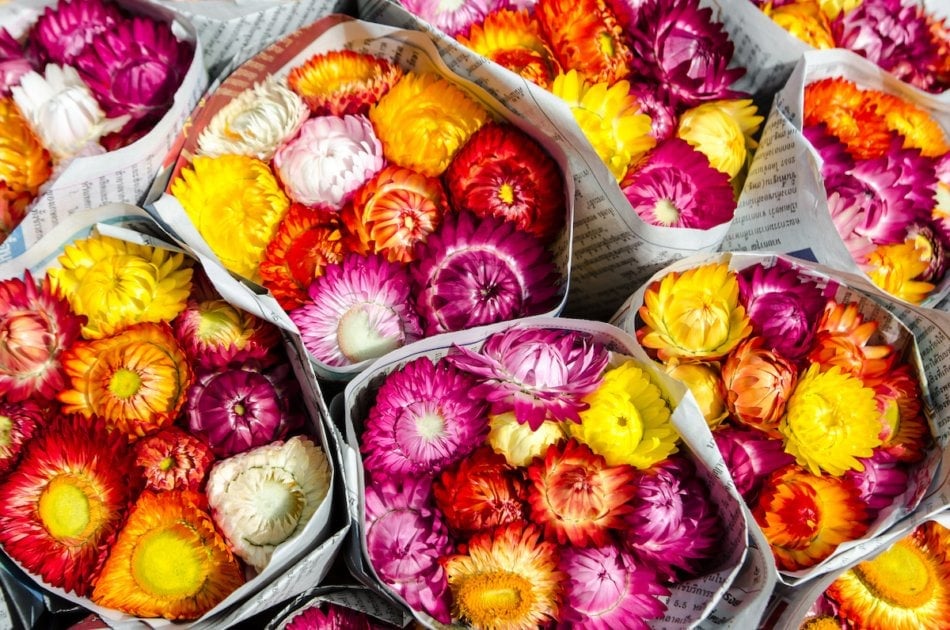
After drying your strawflowers, you can preserve them for up to a year by wrapping them in newspaper or tissue paper and storing them in a box. This will prevent them from accumulating dust and getting faded due to light exposure. Although they are called “everlasting,” the color of the flowers will fade with time and they will become brittle over time. To keep your arrangements looking fresh during the winter months, it is best to avoid direct sunlight. This way, you can enjoy your preserved strawflowers until the next growing season.
